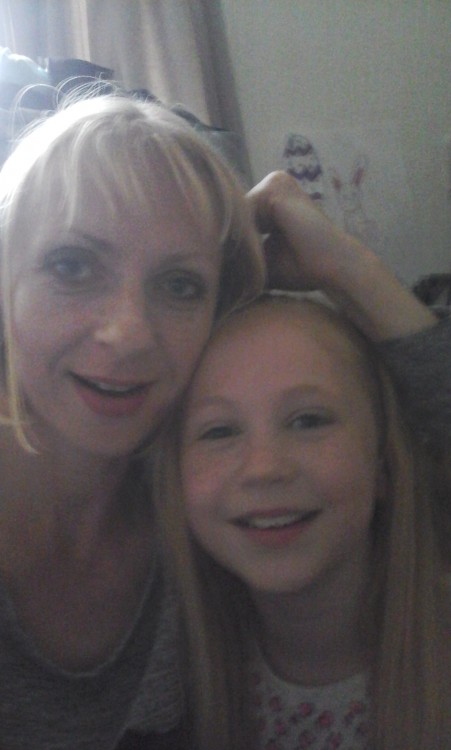What I'll Tell My Kids About Rheumatoid Arthritis That My Mom Never Told Me
Everyone has a story to tell. Many have several. I have two. Two disabilities that feed off each other and are intrinsically linked. I will untangle them, so I can shake a stick at each in turn. Here I will tell you about one of these diseases, to better understand how one life came to an end and another, reluctantly, had to start.
I have rheumatoid arthritis (RA), seropositive (does that matter? I’m told it does).
My life has arrived where my earliest memories began — at the rheumatic diseases hospital where, long ago, I was pried off my mother’s skirt by kind but unhelpful hands, as she routinely booked in for weeks at a time in a fruitless bid for “relief.”
Now I have to walk in there on my own — an adult of 43, a mother now myself. Yet as soon as the smell of the place hits me (that smell), I am once again 5. I kick and scream, inside myself this time — no kind hands now — as I join the queue of other pain-twisted faces.
My drugs have failed. Nothing has slowed this disease’s rampage through my system so far.
I had never been told, until my own diagnosis in 2008, that RA is an autoimmune disease. Growing up, I just assumed my mother’s “bad bones” were why she was “in pain,” and the reason she eventually died from “complications” (of a disease I had never understood).
No one ever told me how chronically fatigued she surely was. I had just assumed she didn’t want to play with me, not that she couldn’t play with me. All those years wincing when she winced. No one had thought to explain it to a 5, 6, 7 or 8-year-old. No one had put it in any context that made sense to that little girl.
I grew up terrified she would die. I was told she wouldn’t — that it was “just pain.” But what was her pain? Was it different to skinning your knees? From being stabbed? I couldn’t imagine.
She did die, ultimately, and even though I was an adult by then (and eight months pregnant with my first son), I still felt I’d been lied to, my desperate childhood worries swept under an impenetrably heavy rug.

So now, as I step through the doors of that same hospital, myself “in pain,” I must find a different way to present this disease to my own children.
When they ask me “How much does it hurt?” “Will I get it?” (the hardest question) and “Will you die?” I must give them proper answers. Answers that will educate, inform, comfort and satisfy them in a way denied to me at their ages by a well-meaning yet maddeningly inadequate series of non-answers, given little or no thought, and too easily trotted out by my adults.
I must make sure I explain when I am too wiped out by fatigue to play that ideally I would love to run about with them, but instead could happily manage a game of cards.
I must show them I am OK. That yes, I do hurt, and yes, I did drop that plate, but that lots of people have worse conditions and much worse pain.
I will begin to forgive my mother for cutting my 8-year-old self’s hair very short with no explanation, because I now realize her fingers could no longer style it. It wasn’t, as I’d always assumed, my fault. This I know, 35 years later, I struggle and fumble to plait my own daughter’s long hair.
But history won’t repeat itself. If the day arrives before she is grown that I can no longer make my fingers create plaits, then I will teach her to do it herself. Things will be different this time around.
My children will never need to wonder “why.”
The Mighty is asking the following: Are you a mother with a disability or disease? What would you tell a new mother in your position? Check out our Submit a Story page for more about our submission guidelines.
